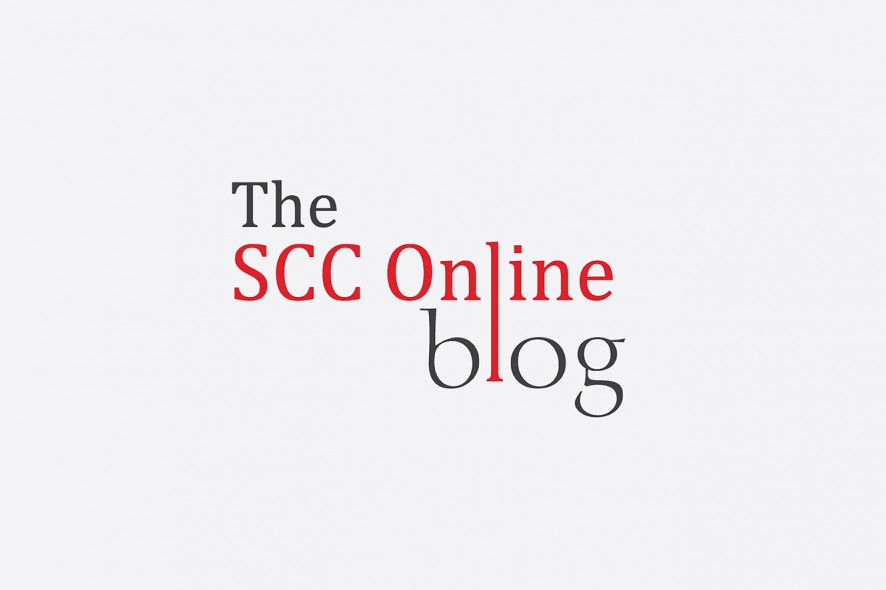Supreme Court: In a PIL filed to seek a writ to restrain the Central and the State Governments from using public funds on Government advertisements and seek guidelines regarding to regulation of Government action in the matter of prevention of wastage of public funds in connection with such advertisements, the Division Bench of Ranjan Gogoi and P.C. Ghose, JJ., held that the practice of publication of the photograph of an individual politician or a State or a Party functionary in an advertisement is to be done away with, as by using an individual’s photograph, there is chance of creation of a personality cult which opposes the principles of democratic functioning. However the Court added that the offices of the President, the Prime Minister and the Chief Justice of India are an exception to this direction. It was further decided that advertisements commemorating the anniversaries of departed personalities can carry the photograph of the departed leader.
For the petitioners Rishi Kesh contended that under the garb of advertisements the political parties seek undue advantage by way of crediting individual political leaders for being responsible of various governmental achievements and such practice becomes rampant during the time of elections. The petitioners further contended that such advertisements derogate the fundamental rights as guaranteed by Article 14 and 21 of the Constitution. The Central Government on the other hand raised the contention that under Article 142 of the Constitution the issue is related to governmental policies and executive decisions, therefore it would not be appropriate for the Court to issue guidelines on the same. The Court in a previous Order dated 23.04.2014, directed the constitution of a Committee consisting of eminent advocates and jurists. The Committee laid down guidelines with respect to Government’s advertisement campaigns. Some of the important Guidelines were- the advertisement should not be directed to promote interests of the ruling party; the advertisements should be designed to meet the objectives of the campaign; appointment of an Ombudsman to look into the matters of violations and enforcement.
The Court observed that the Guidelines laid down by the committee are comprehensive and would serve public interest by disseminating the information to the public at large and create awareness among them. As regards to the appointment of the Ombudsman, the Court stated that a three-member body consisting of impartial and neutral persons should be constituted by the Central Government. With these observations, the Court gave its approval to the Guidelines laid down by the Committee constituted in the pursuance of the Order dated 23.04.2014. Common Cause v.






